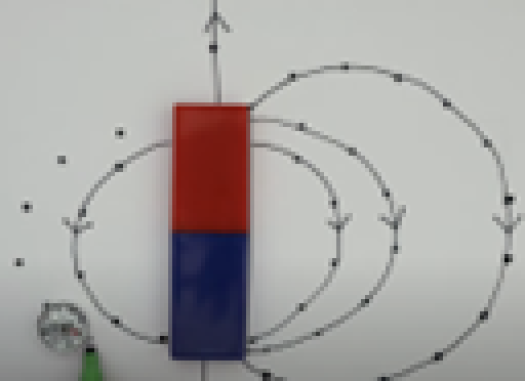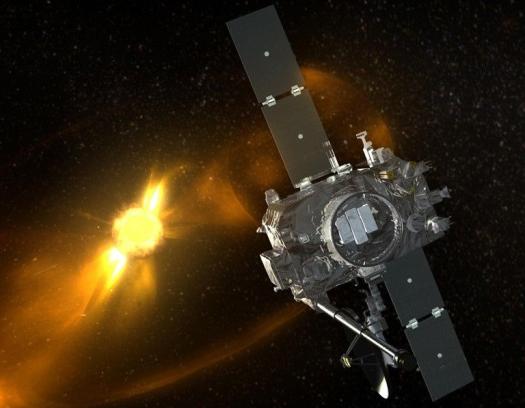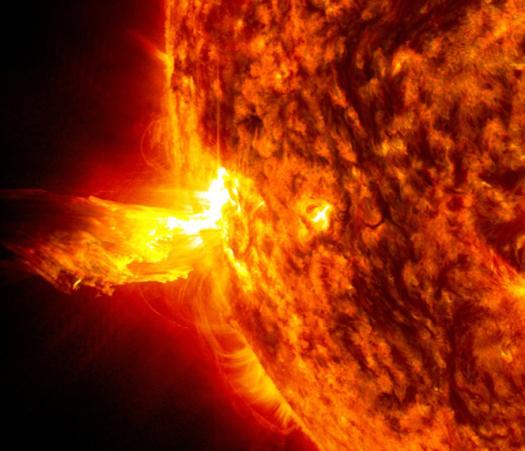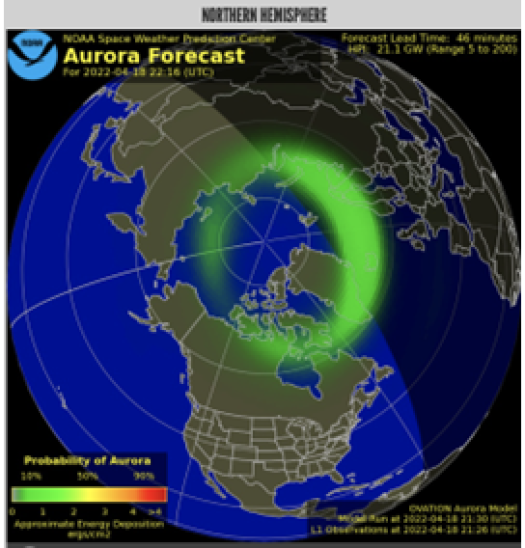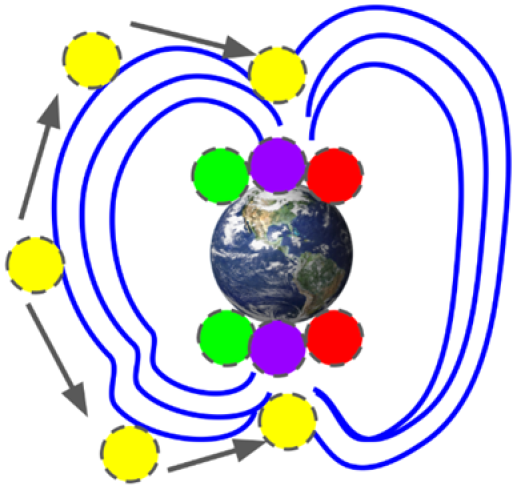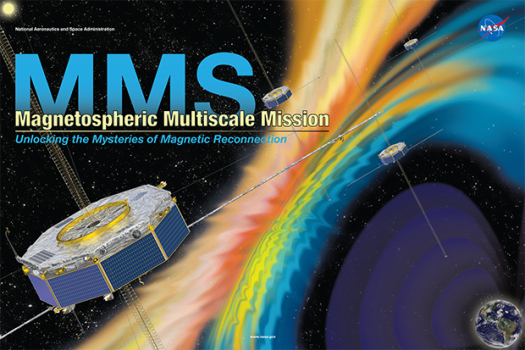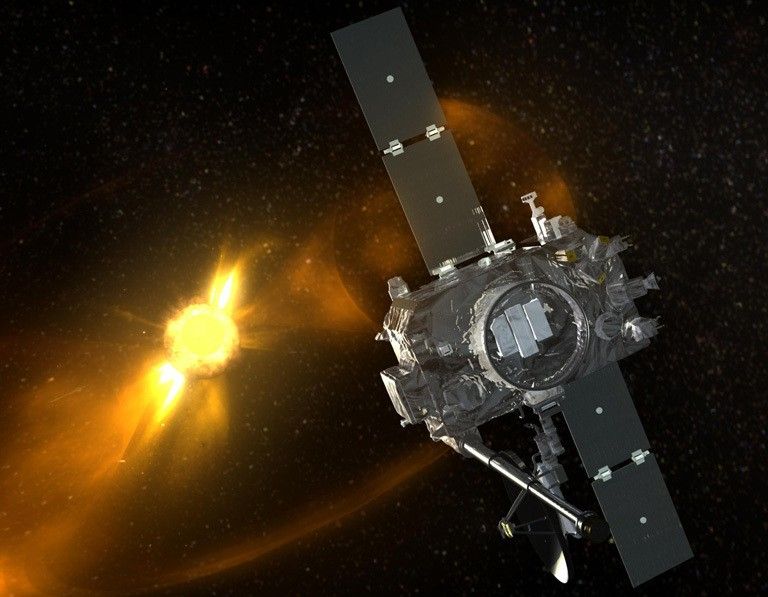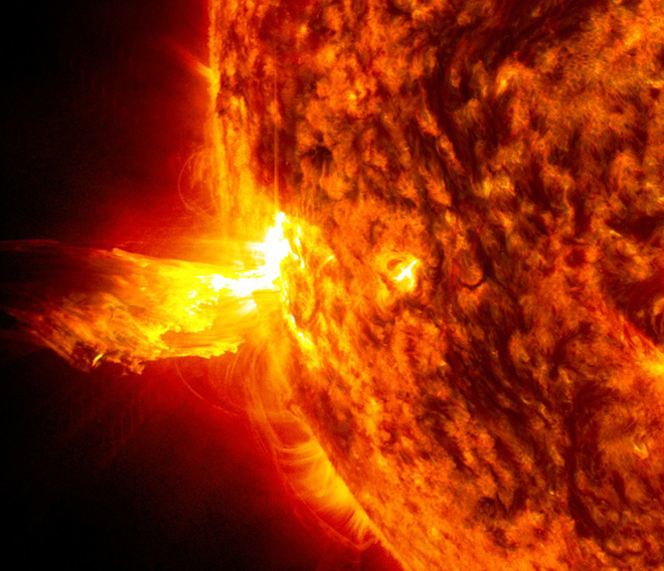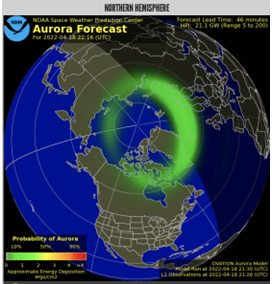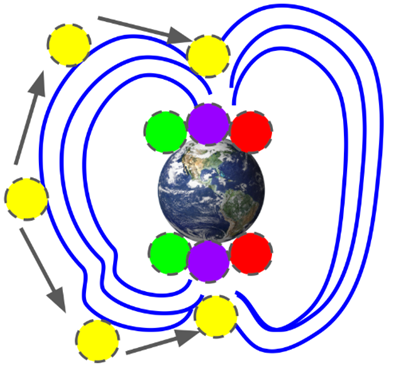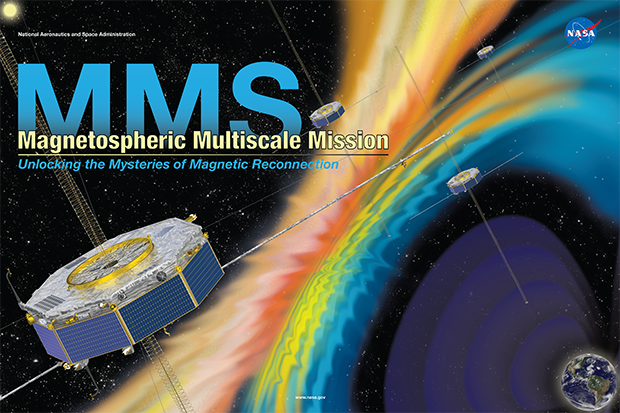Space weather refers to the conditions of the space environment driven by the Sun and its impacts on objects in the solar system. Though it is almost 100 million miles away from Earth, the Sun influences our daily lives in ways you may not realize.
>> Read More >>
Just one moment,
loading Earth as a System...
Featured Lesson Plans
-
-
-
-
-
-
Grade Level: 6-8
Learners use a compass to trace magnetic field lines of a bar magnet. They observe a CME hitting Earth’s magnetosphere and compare its shape to the magnet. They then apply their understanding of magnetic fields to those found on the Sun.
Grade Level: 6-8
In this activity, learners will explore an additional tool used to observe the Sun’s atmosphere, called a coronagraph. Learners will create a flipbook of a coronagraph showing a coronal mass ejection.
Grade Level: 6-8
Learners will analyze space-weather data from the National Oceanic and Atmospheric Administration (NOAA). Learners will compare two different types of data: sunspot data and measurements from magnetometers on Earth.
Grade Level: 6-8, 9-12
In this activity, learners predict the likelihood of aurora on Earth by examining the Kp-index and using NOAA’s 30-minute aurora forecast.
Grade Level: 6-8
Using a “fun-size” bag of rainbow bite-sized candies learners will place different colored candies on a diagram of the Sun-Earth system to show different space weather conditions during solar minimum and solar maximum.
Grade Level: 6-8, 9-12
Learners will build a 2D model of the Magnetospheric Multiscale (MMS) Spacecraft model.
Previous
Next
Grade Level: 6-8
Learners use a compass to trace magnetic field lines of a bar magnet. They observe a CME hitting Earth’s magnetosphere and compare its shape to the magnet. They then apply their understanding of magnetic fields to those found on the Sun.
Grade Level: 6-8
In this activity, learners will explore an additional tool used to observe the Sun’s atmosphere, called a coronagraph. Learners will create a flipbook of a coronagraph showing a coronal mass ejection.
Grade Level: 6-8
Learners will analyze space-weather data from the National Oceanic and Atmospheric Administration (NOAA). Learners will compare two different types of data: sunspot data and measurements from magnetometers on Earth.
Grade Level: 6-8,
9-12
In this activity, learners predict the likelihood of aurora on Earth by examining the Kp-index and using NOAA’s 30-minute aurora forecast.
Grade Level: 6-8
Using a “fun-size” bag of rainbow bite-sized candies learners will place different colored candies on a diagram of the Sun-Earth system to show different space weather conditions during solar minimum and solar maximum.
Grade Level: 6-8,
9-12
Learners will build a 2D model of the Magnetospheric Multiscale (MMS) Spacecraft model.
Space Weather landing page. Explore maps, graphs, data, and related education resources. These resources include lesson plans, mini lessons, activities, and datasets for teachers and students.


